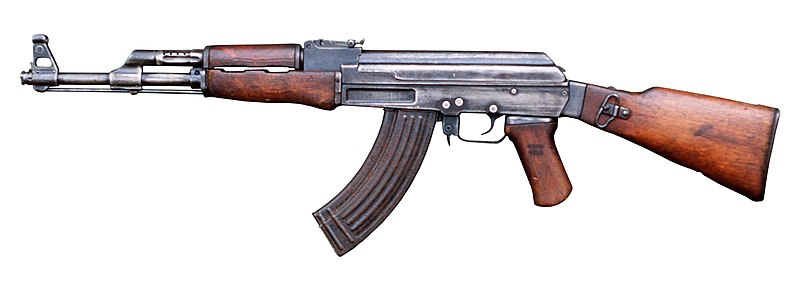David the Gnome
New member
I just want to start off by saying that I am not questioning the genius of Mikhail Kalashnikov, I have just always wondered about the sight placement on AK47's.
All of the reference images below are public domain images from Wikipedia.

What I have always wondered is, why is the rear sight mounted so far forward on the receiver? In handguns we always talk about getting the longest sight radius possible to shoot more accurately and when we look at the other rifles of the WWII-era we see a similar philosophy used in them. The US Garand and the British Lee-Enfield have the rear sight mounted as far from the front sight as they can comfortably place them:


So what was the logic in the forward mounted rear sight? Was it just the only cost effective place to put it? Did it serve some other function I don't know about it? Please educate me.
All of the reference images below are public domain images from Wikipedia.

What I have always wondered is, why is the rear sight mounted so far forward on the receiver? In handguns we always talk about getting the longest sight radius possible to shoot more accurately and when we look at the other rifles of the WWII-era we see a similar philosophy used in them. The US Garand and the British Lee-Enfield have the rear sight mounted as far from the front sight as they can comfortably place them:


So what was the logic in the forward mounted rear sight? Was it just the only cost effective place to put it? Did it serve some other function I don't know about it? Please educate me.
Last edited:







